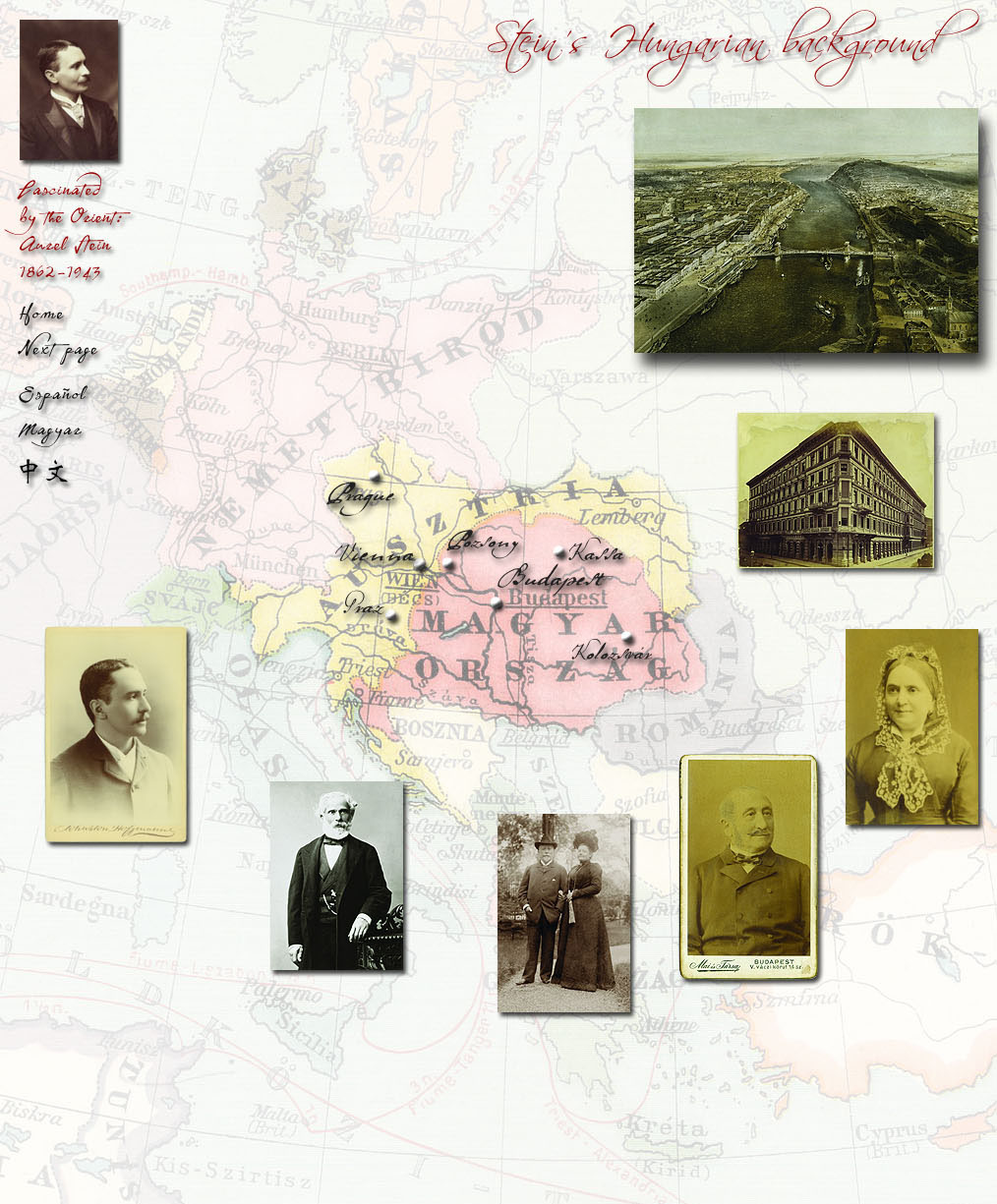 The
19th century was a period full of vicissitudes as well as spectacular
accomplishments in Hungarian history. During the first two decades, a
reform movement was emerging in Hungary under the oppressive rule of the
Habsburg emperors of Austria, which aimed to achieve civil progress as
well as national independence. National institutions such as the
National Museum and Library, the Hungarian Academy of Sciences were
established to realize these goals, and to foster and promote Hungarian
language and culture.
The
19th century was a period full of vicissitudes as well as spectacular
accomplishments in Hungarian history. During the first two decades, a
reform movement was emerging in Hungary under the oppressive rule of the
Habsburg emperors of Austria, which aimed to achieve civil progress as
well as national independence. National institutions such as the
National Museum and Library, the Hungarian Academy of Sciences were
established to realize these goals, and to foster and promote Hungarian
language and culture.When the revolutionary movement sweeping through Europe in 1848 reached Hungary, it gave rise to a War of Independence. Hungary’s struggle for freedom was subdued in less than two years, and an epoch of retribution and suppression ensued. In 1867, five years after Stein was born, a historical compromise was reached. With the rise of the Austro-Hungarian Dual Monarchy, Hungary regained its independence. Large-scale development in economic, cultural and scientific realms began. In 1873 Budapest was established as the new capital, and soon it became one of the most dynamic cities in Europe.
This
historic moment in time and place gave Stein a special inheritance as
his bourgeois family of merchants, industrialists and intellectuals had
 taken
part
taken
part
 both in struggles for freedom and in the economic and cultural
development of the country.
both in struggles for freedom and in the economic and cultural
development of the country.
